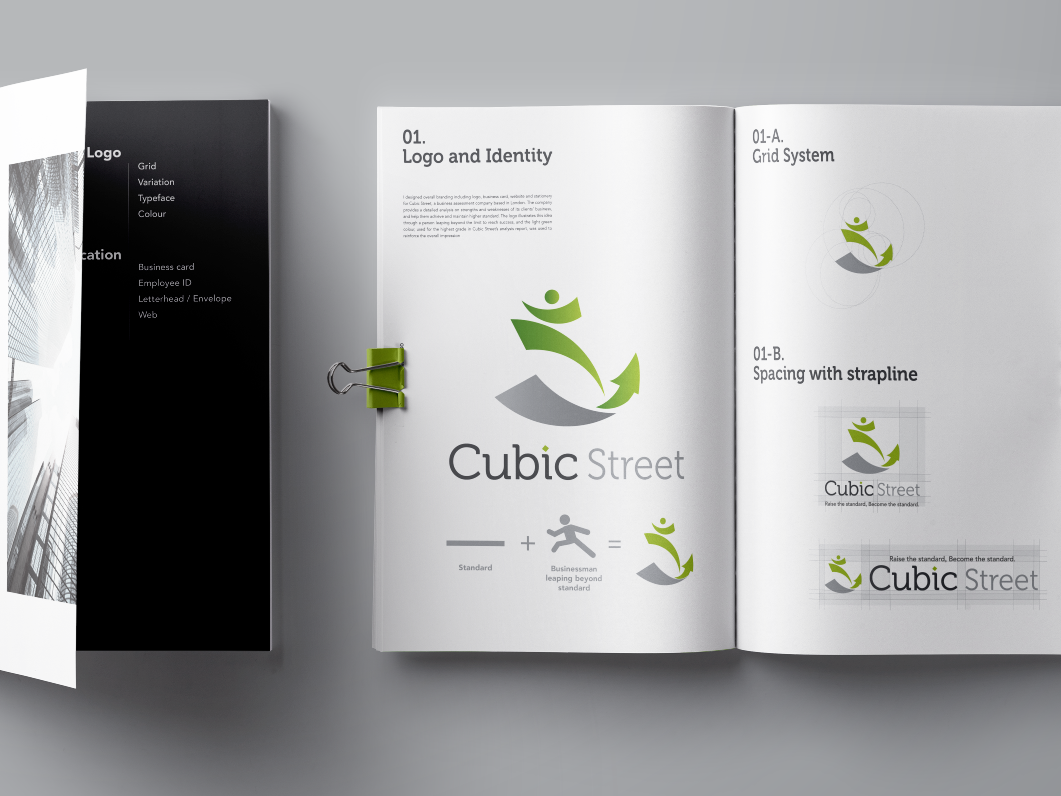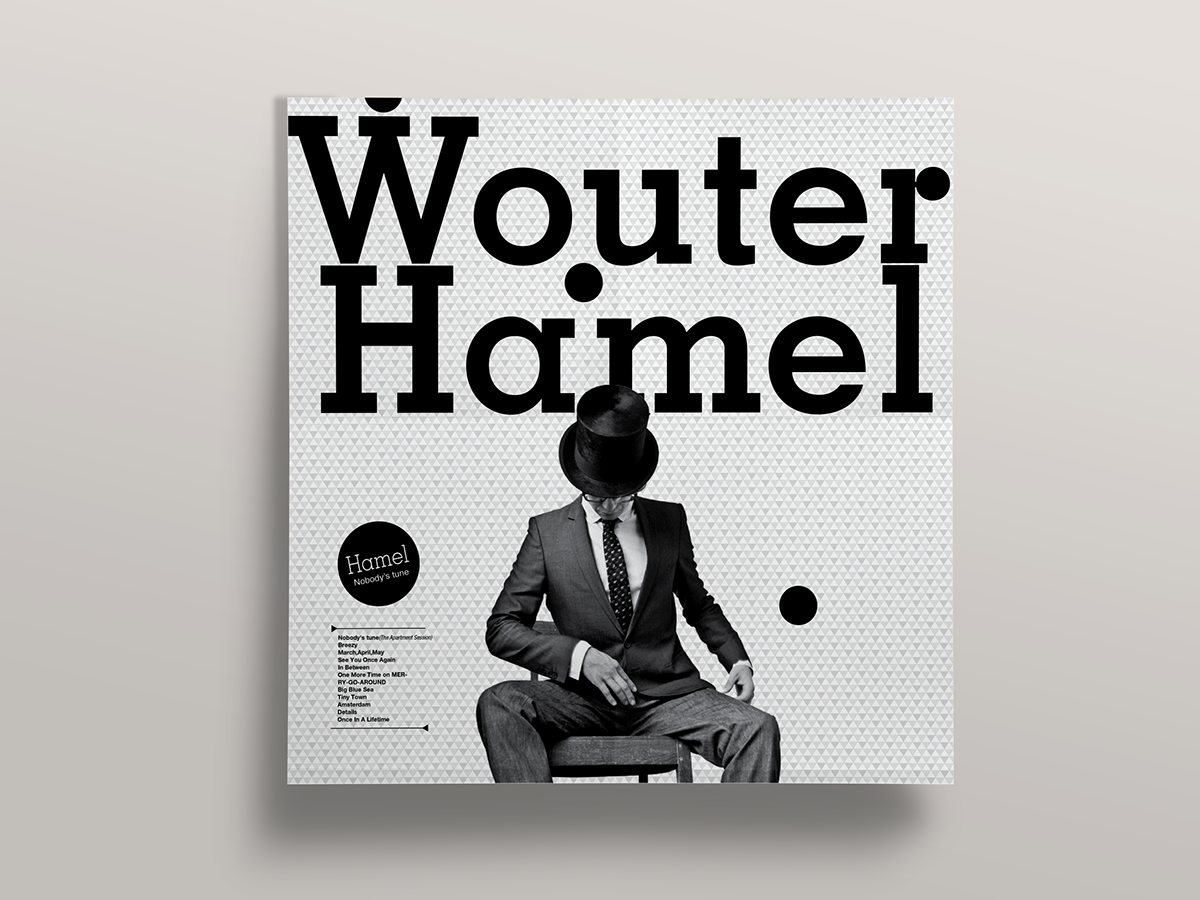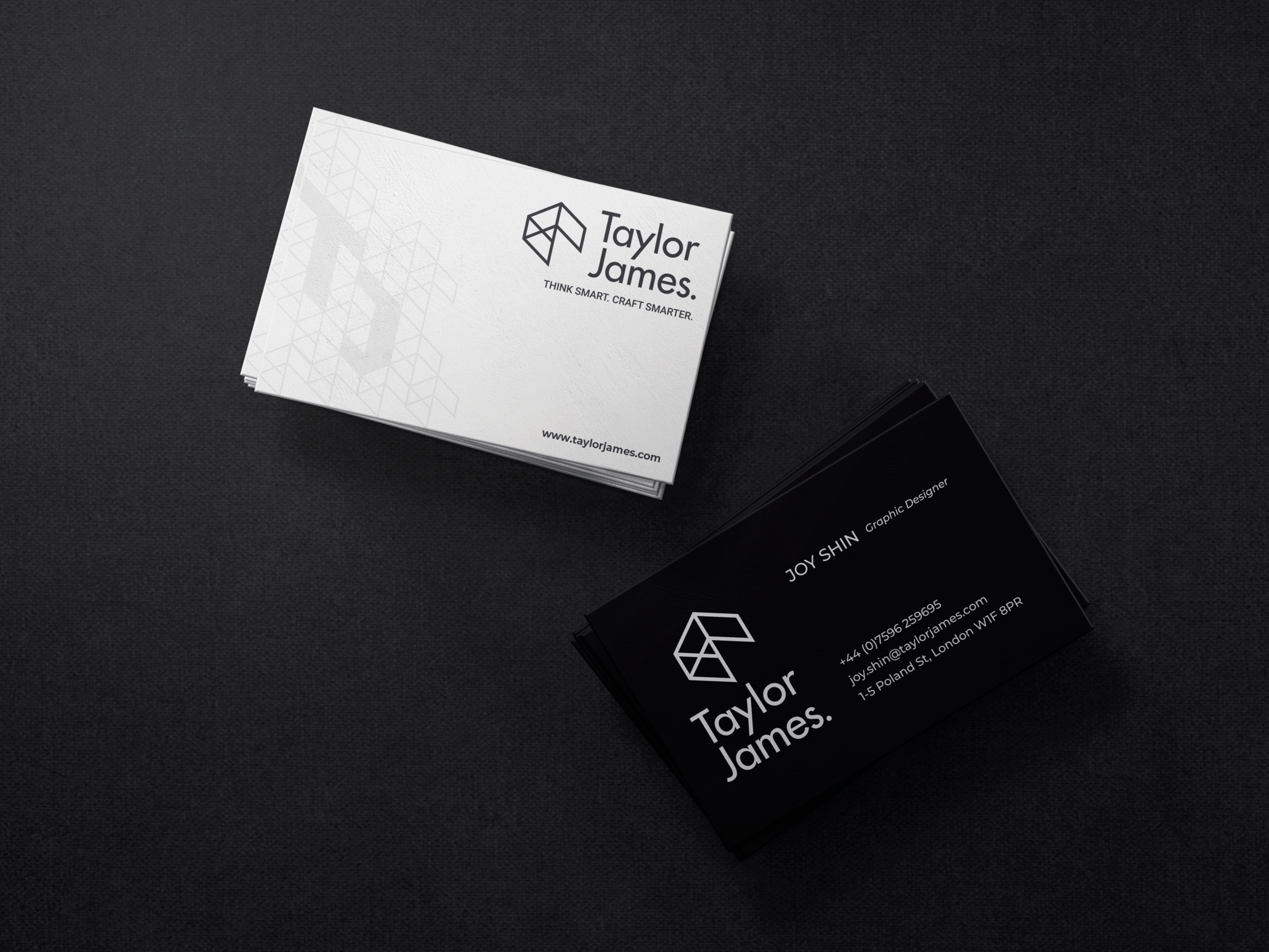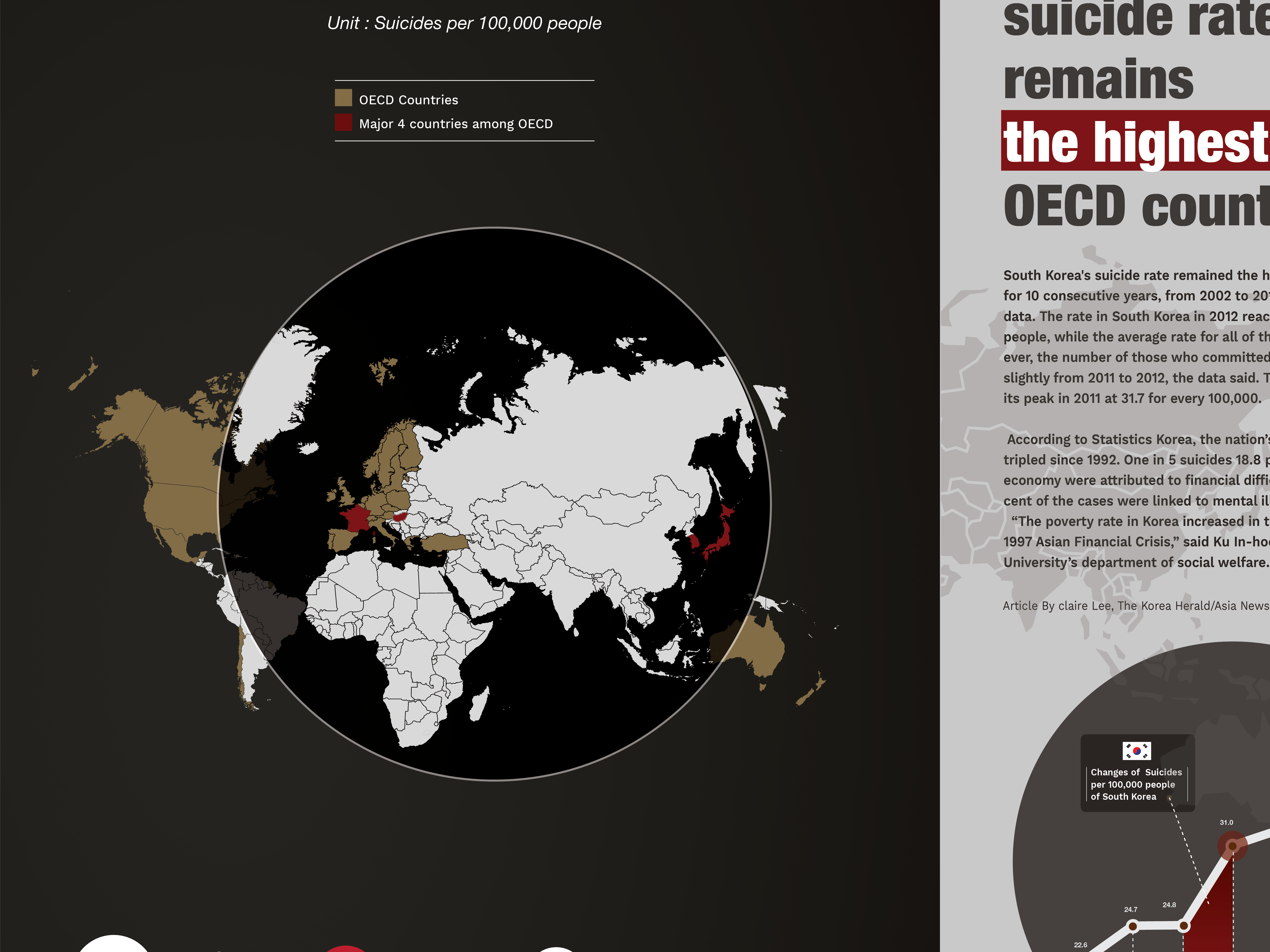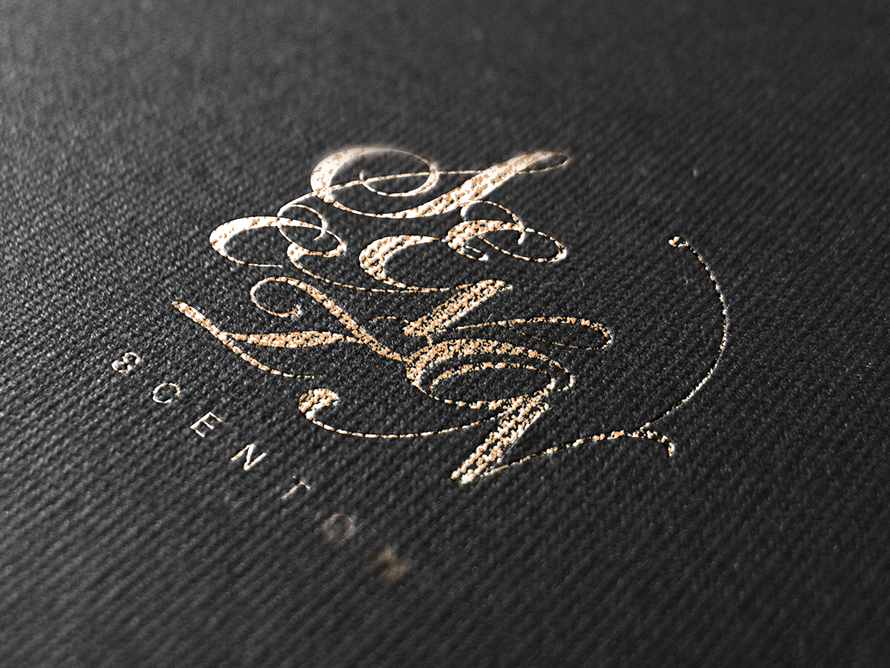“Homonyms are words that are both spelt and pronounced the same but have different meanings. However, some authors use the term more broadly, to refer to homographs (spelt the same) or homophones (pronounced the same). "
I approached the topic with the idea of 'language as a social agreement' and investigated how words acquire meaning only when there is an agreement within society. I found a few word pairs that are spelt the same but have different meanings (homographs), and that sound the same, but have different meanings (homophones). This illustrates the different agreements that exist in different societies (nations in this case) and shows that words are nothing but a permutation of letters if the audience that the linguistic contract was made for does not exist.
I chose to illustrate the difference between each word pair using Disney characters, as they are loved by many people and are familiar to various audiences across the world. The message will be conveyed with more impact compared to simply describing the differences, and even non-Englishrjd speakers will be able to enjoy the contents (although each illustration has a dictionary definition of the word to emphasise the meaning, it is very simple and also not essential to understand the message).
-210 x 297mm
-16 pages
-Saddle Stitching
-Overprinted
Cover: Vent Nouveau Snow White, 250gsm, Matt Laminated
Text pages: Vent Nouveau Snow White,151gsm
Tools used: Illustrator, InDesign
On the front cover, the three icons represent the subject of the project, ‘Language, Audience and Environment’, and the matching text descriptions have been placed on the back cover. The icons and texts are in registration black (C100 M100 Y100 K100) and the background is standard black (C0, M0, Y0, K100), overprinted. With those very slight differences in colour, I tried to express the vagueness of the definition of ‘language’. When you open the booklet, you will see the title with the icon in white, introducing you to a clearer idea of what ‘language’ might mean.


